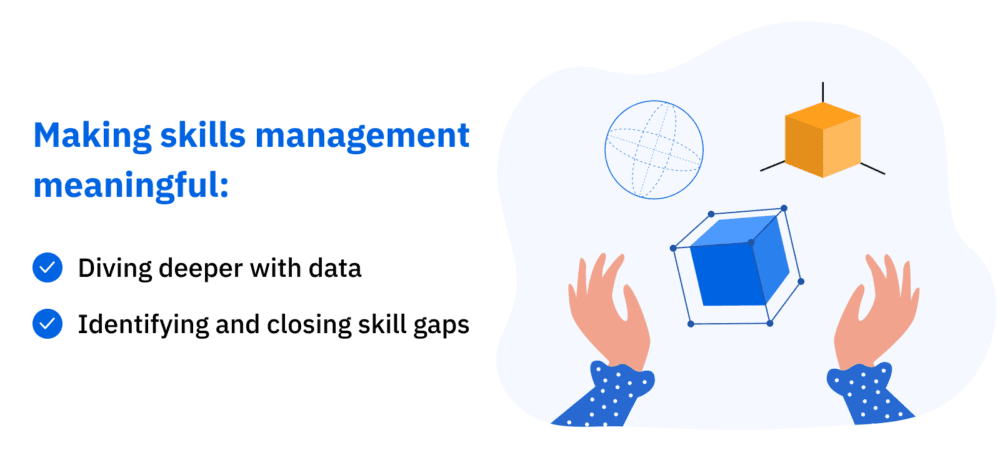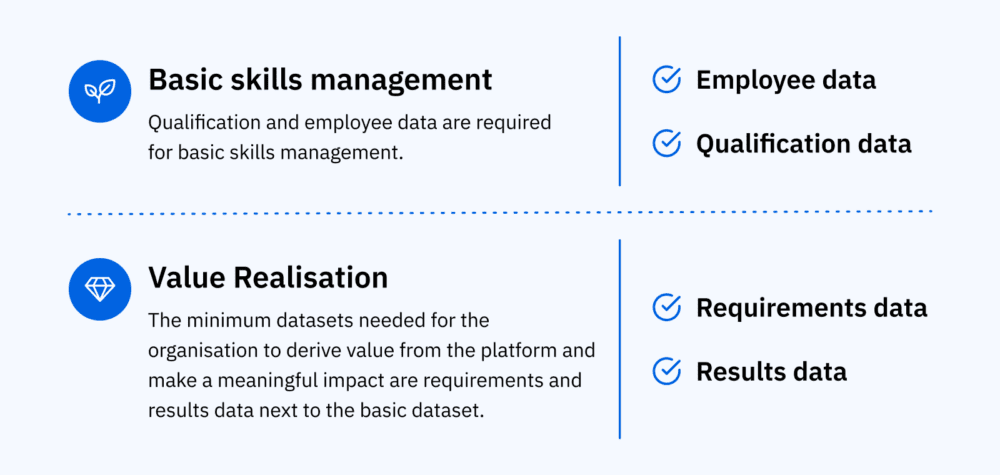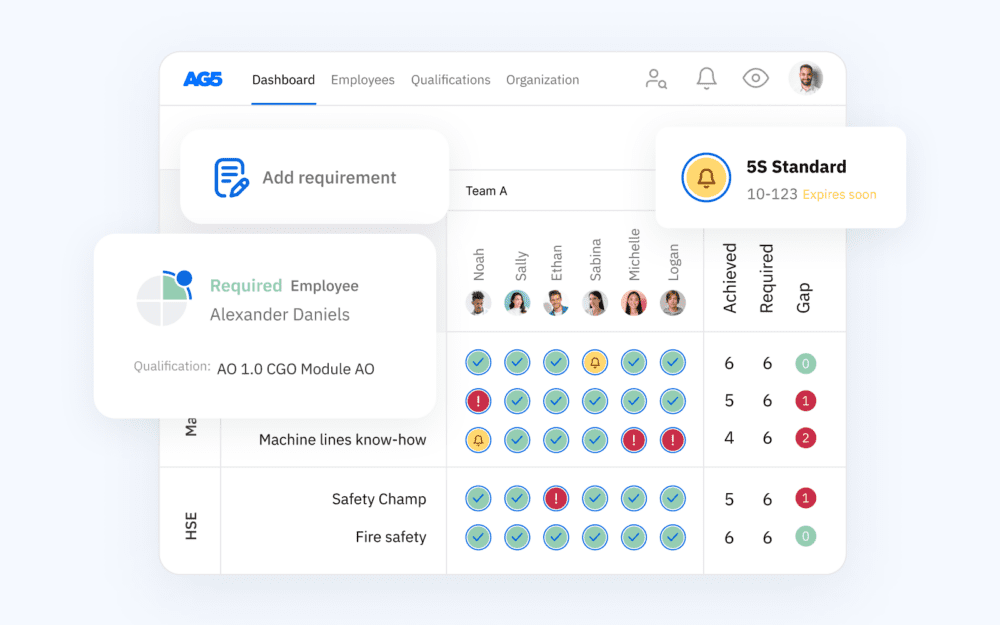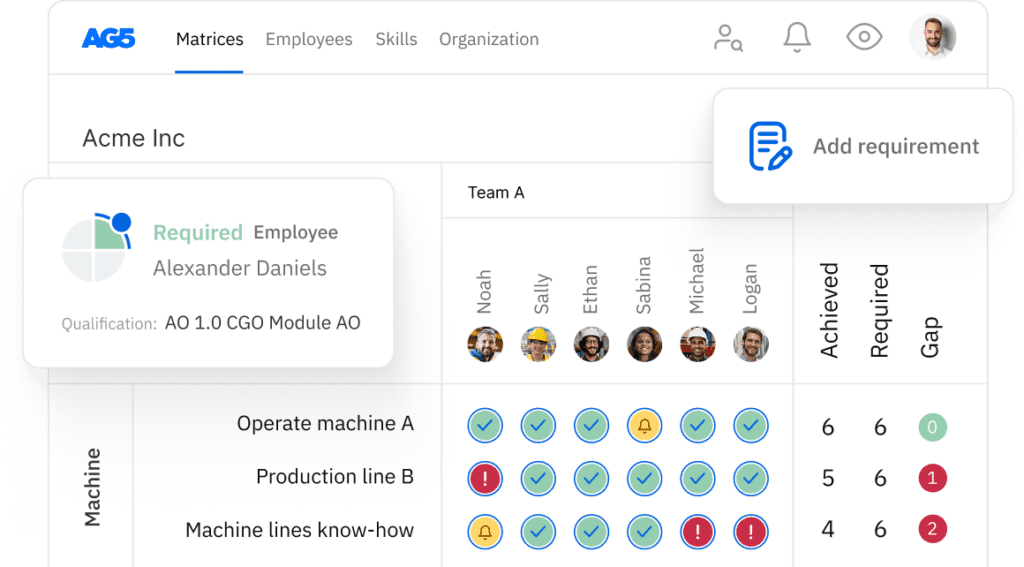Starting from scratch with skills management
In this article, we will take a look at how your organisation can get started with skills management from scratch and the steps to take before implementing skills management.

When we start onboarding a new client onto AG5’s skills management software, we also are changing their way of working.
This involves changing their thinking about skills management, their internal processes, and the ways they collect company data. Of course, all of this is meant to change the way a customer uses their existing method of skills management.
But what about those customers that want skills management software, but don’t yet have any skills management strategy whatsoever?
The basics of skills managementCopied
Often, creating something new is easier than changing something that already exists. This is something I have seen over and over again when it comes to skill management. Unless a customer isn’t sure what they want – then it gets super difficult!
Creating something from scratch usually means that a customer is enthusiastic about starting documented skills management. Not only do they have the perfect software to support them on this journey, but they are also looking for advice on how to set it up and roll it out across their department, site, or company.
Three meaningful questions to get started
When a client has no documented skills management-related data, we start by asking three questions:
- Whose skills do you want to manage (aiming to get a list of employees)?
- What skills do you want to measure (aiming to get a list of qualifications)?
- What levels can they achieve in these skills (aiming to get an idea of rating scales)?
Usually, despite not having “any” data, customers do have this information – just maybe not documented.
Making skills management meaningfulCopied
Since we now know who needs skills management – as well as the skills that must be managed – we can go a bit deeper, looking at data details that will make skills management more relevant for the customer.
Diving deeper with data
Effective skill management requires a deep understanding of who needs to be able to perform certain tasks or roles. This is the next step for the client – determining role requirements for their employees, as well as what they are based on.
- Does someone need a skill based on their department?
- What about because of their job title?
- Or maybe the production line they work on?
We might know what is required of an employee based on their job description, but making a list of requirements based on certain criteria is the next step toward expanding that basic data.
Adding requirements to the mix shows us which employees need what skills. However, because we haven’t yet documented who possesses certain skills, we are now able to see skill gaps.
A skill gap is a difference between what is required of an employee vs what they have achieved.
Identifying and closing skill gaps
This leads us to the next step – filling in those gaps! Adding results of skills the employees possess is the last important step of putting a customer’s data together.
This is usually a process that will gradually occur, especially if no historic data has been documented. Over time, the customer will see:
- What an employee is capable of in terms of skills
- What skill gaps still need to be addressed in the employee base
- Where knowledge overlap can be utilized

Implementing AG5 internallyCopied
The foundation is set! With data decided – at least to a meaningful extent – it’s now the customer’s turn to start internal change management by implementing AG5 into their ways of working.
This could be achieved in several ways:
- Ensuring that managers or trainers are adding skills-related results regularly
- Sending skill gap reports to management to prepare for audits
- Providing full transparency to employees by showing them where they stand in their development – this is a great way to create new initiatives internally!
Typically, the right skills management strategy will encompass some form of all of the above.
Of course, we’ll keep working alongside our customers as they continue to implement AG5 – resulting in the most effective and efficient skills management possible.

Ready to roll out skills management in your organization?Copied
AG5 is here to help! Request a free, live, 15-minute demo today for a customized look at how our skills management software can change the way you approach skills management.


